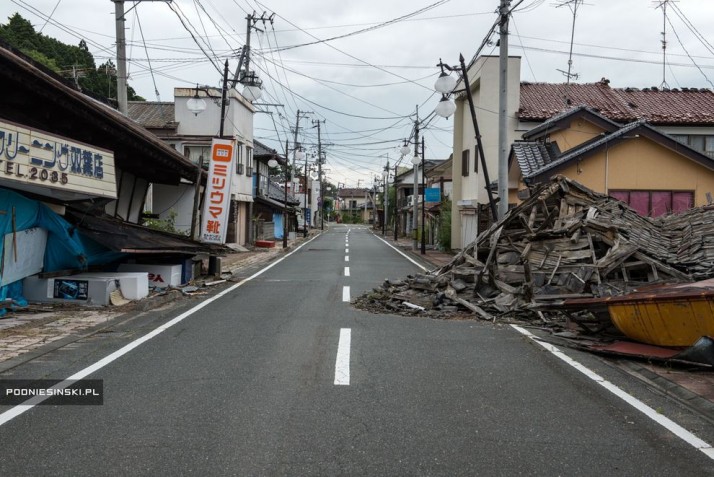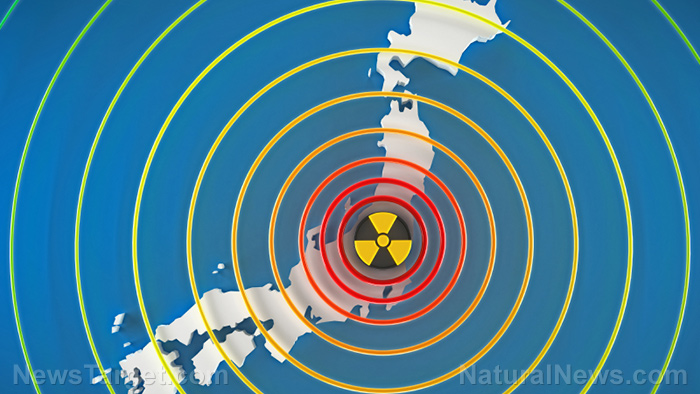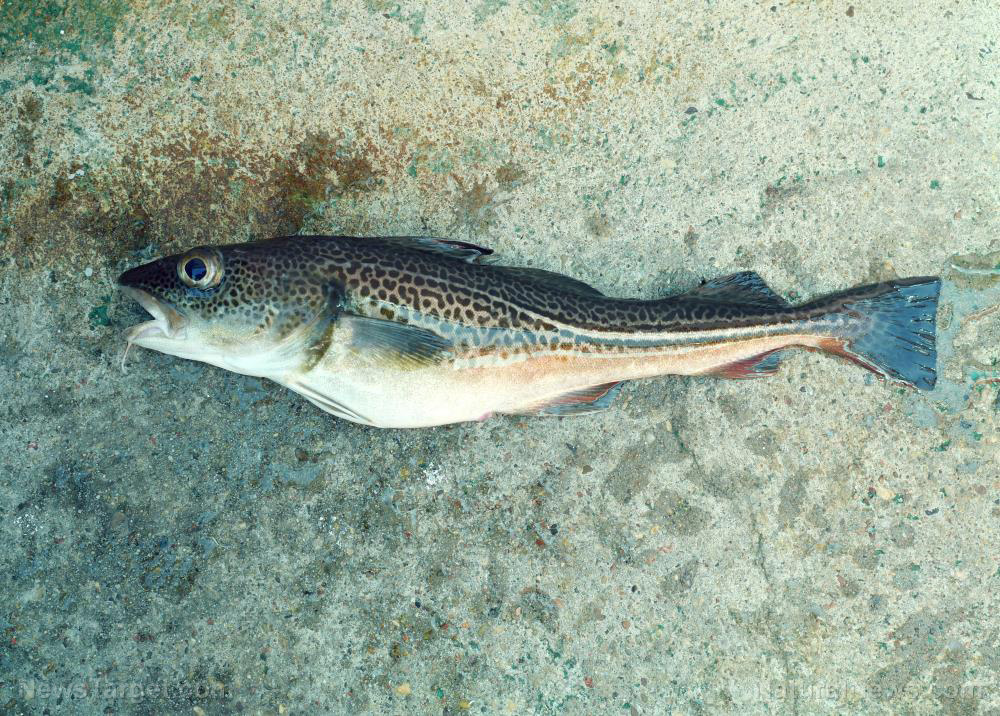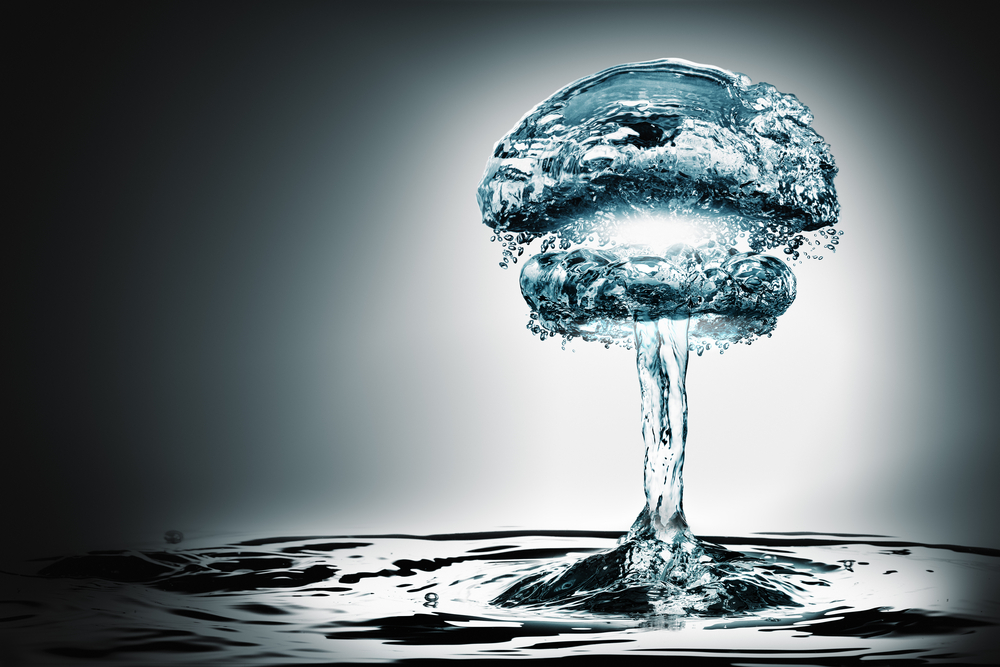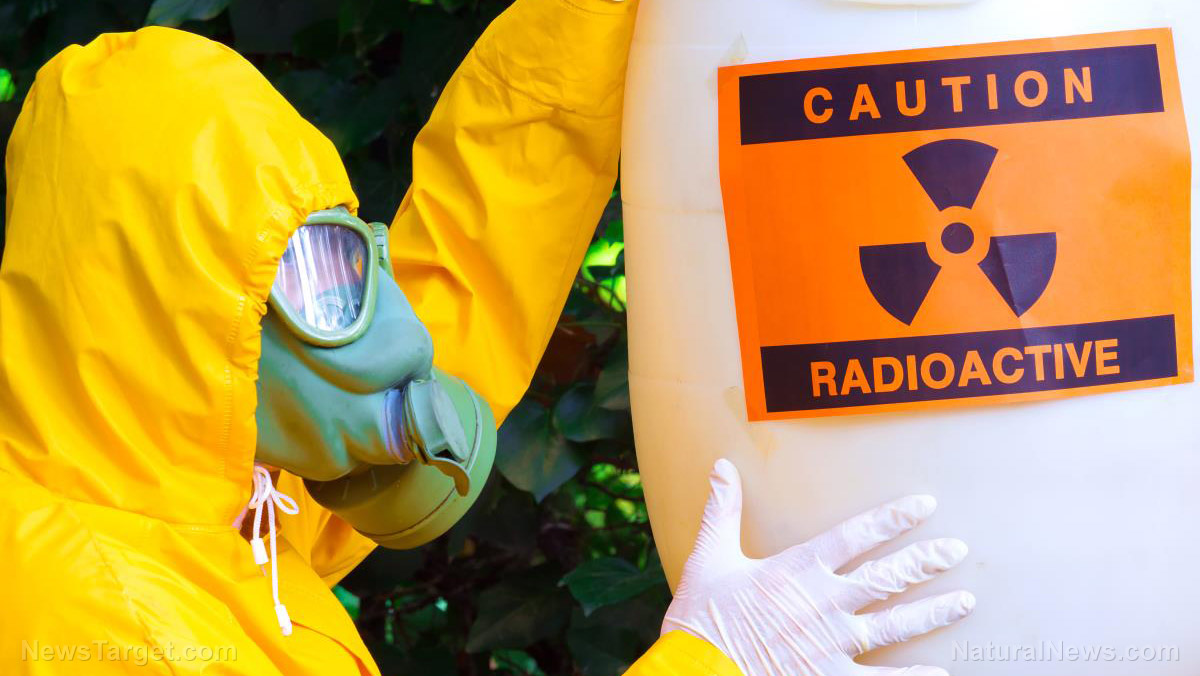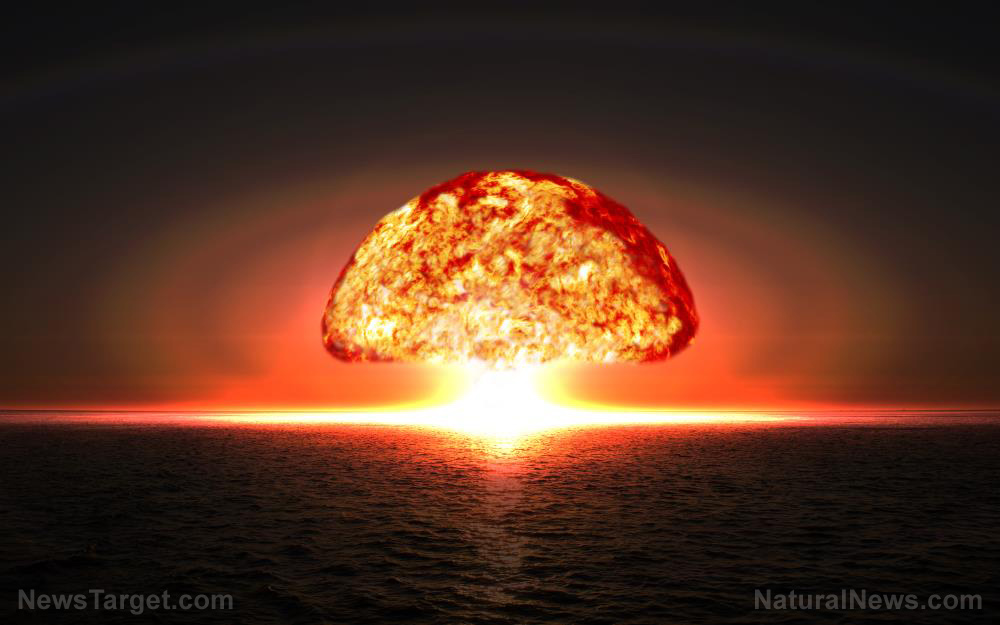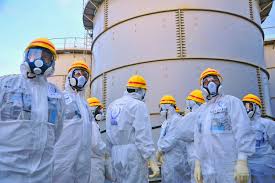Fukushima: Storage tanks are full, radioactive waste to be dumped straight into the ocean
10/01/2019 / By Tracey Watson
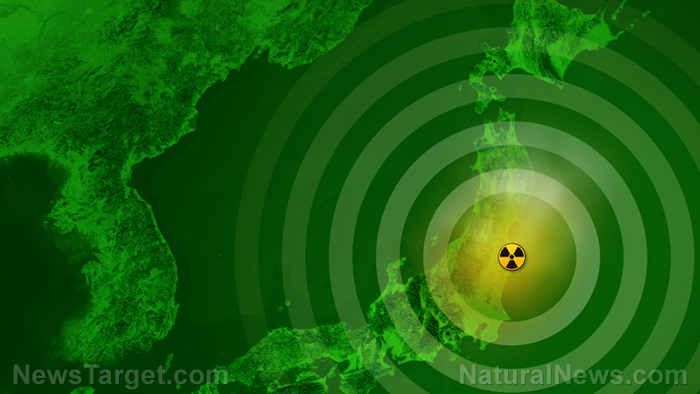
Japan’s Fukushima Daiichi nuclear power plant was commissioned back in 1971 and was one of the world’s largest power stations until double natural disasters in March 2011 caused the second worst nuclear accident in history.
The plant’s operator, Tokyo Electric Power (Tepco), has tried everything to contain the resulting buildup of contaminated groundwater, but recent reports indicate that they have effectively lost the war.
The go-to solution has been to store 1 million tons of the toxic water in 1,000 tanks at the site, but the company has now warned that it will have run out of tank storage by mid-2022. The proposed solution? After going to such great lengths to contain the water because of its toxicity, Tepco is now insisting that it can safely be diluted by being drained into the sea.
What triggered the Fukushima nuclear disaster?
As explained by Encyclopedia Britannica, first the Fukushima area was battered by a magnitude 9.0 earthquake. Then, two days later, a massive, 50-foot tsunami made landfall, damaging the power plant’s backup generators. The three reactors operating at the time were successfully shut down, but the loss of power caused by the generator failure meant the reactors’ cooling systems failed within days. The resulting high temperatures caused the fuel rods to overheat and start to melt, releasing radiation in the process.
Workers pumped cool seawater and boric acid into the units to try to cool them, but it was later discovered that some of the melted material had caused large holes at the bottom of the vessels, partially exposing nuclear material.
Natural News previously reported:
Even though the nuclear disaster in Fukushima took place over seven years ago, radioactive waste has continued to build up as ground water flows through the destroyed reactor buildings and becomes contaminated. This creates a staggering 160 tons of contaminated water each day.
While the purification devices used by the Tokyo Electric Power Company (TEPCO) do remove most of the radioactive materials, a radioactive isotope of hydrogen known as tritium cannot be removed, and tritium-contaminated water continues to cause big problems.
Why the government claims dumping the water in the ocean is a good idea
Officials from both Tepco and the Japanese government now insist that since tritium exists in nature, dumping this water in the ocean is a perfectly safe solution to the problem.
“The only option will be to drain it into the sea and dilute it,” Yoshiaki Harada, a Japanese politician, told a news briefing held in Tokyo recently. “The whole of the government will discuss this, but I would like to offer my simple opinion.”
According to the Guardian, recent studies have found that it would take around 17 years to get contamination levels low enough to meet the plant’s safety standards.
Local fishermen have expressed anger at the idea of toxic water being dumped into the ocean, and South Korea has voiced concerns about the potential impact on the reputation of its own fishing industry.
Meanwhile, there is evidence that Fukushima radiation is already causing harm to animals and marine life as far away as the west coast of the United States:
- Many different types of animals have been found with open wounds and fur loss;
- Large numbers of sea lions have inexplicably died;
- Populations of sockeye salmon are at an all-time low in both Canada and Alaska;
- Fish have been found along the coastline bleeding from the gills, eyes and bellies, for no apparent reason;
- Scientists have detected unusually high levels of cesium-137 in plankton in the Pacific;
- Bluefin tuna have been found to be contaminated with radiation; and
- Scientists in Canada have discovered extremely high levels of nuclear radiation in samples taken from a variety of fish.
Imagine the dire consequences if Tepco starts actively dumping contaminated water directly into the ocean!
Related: Learn more about this threat to the environment at Environ.news.
Sources include:
Submit a correction >>
Tagged Under:
Collapse, contaminated water, Daiichi nuclear power plant, Ecology, environment, food supply, Fukushima, Japan, nuclear accidents, nuclear power, ocean health, ocean life, oceans and marine life, radiation, radiation science, toxic water
This article may contain statements that reflect the opinion of the author
RECENT NEWS & ARTICLES
COPYRIGHT © 2017 FUKUSHIMAWATCH.COM
All content posted on this site is protected under Free Speech. FukushimaWatch.com is not responsible for content written by contributing authors. The information on this site is provided for educational and entertainment purposes only. It is not intended as a substitute for professional advice of any kind. FukushimaWatch.com assumes no responsibility for the use or misuse of this material. All trademarks, registered trademarks and service marks mentioned on this site are the property of their respective owners.

